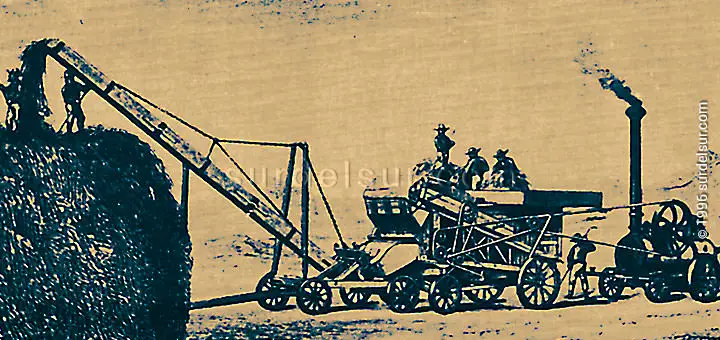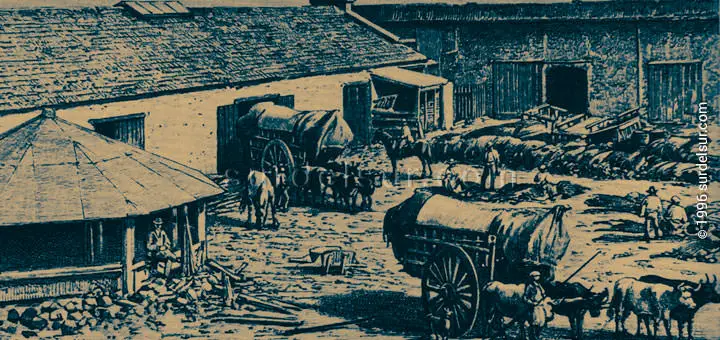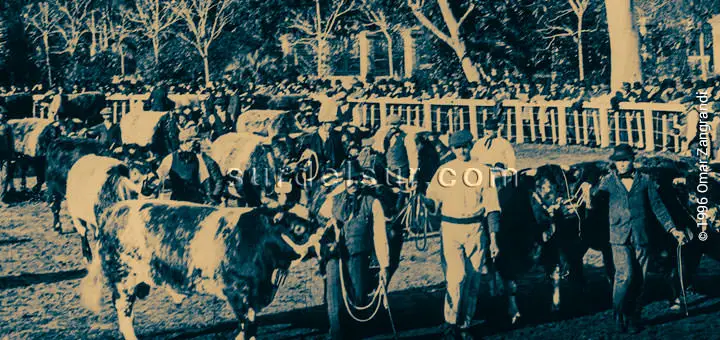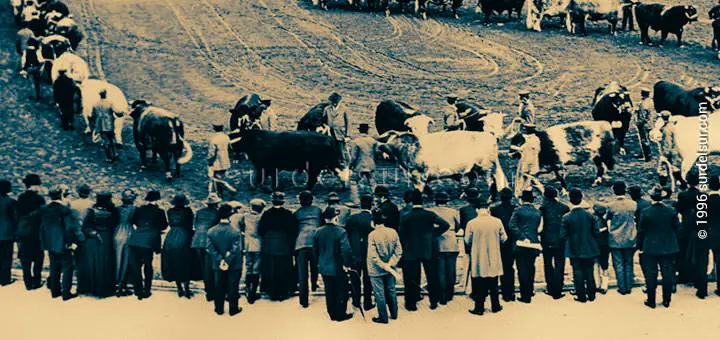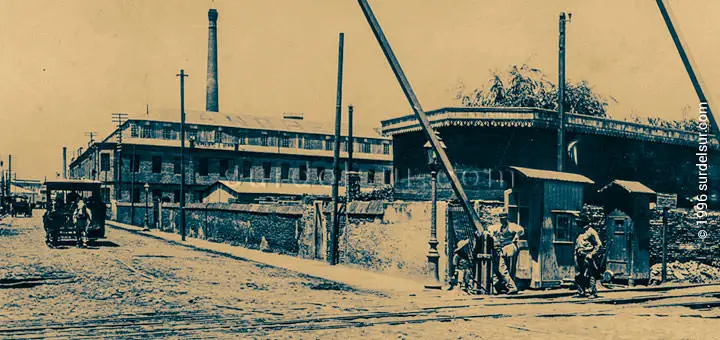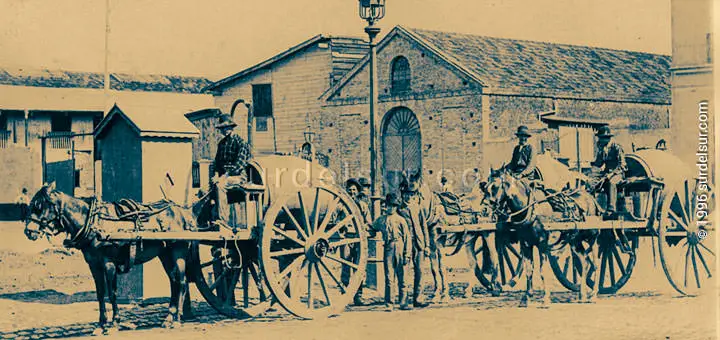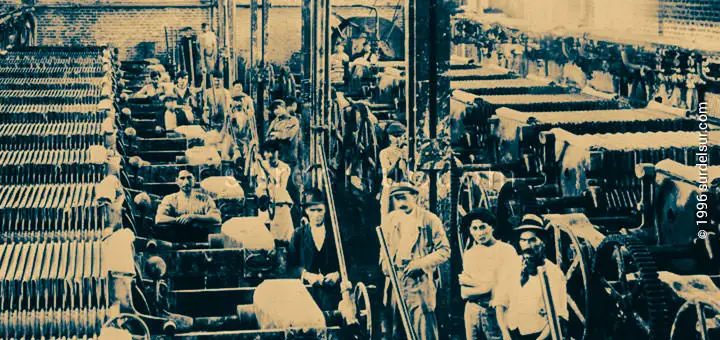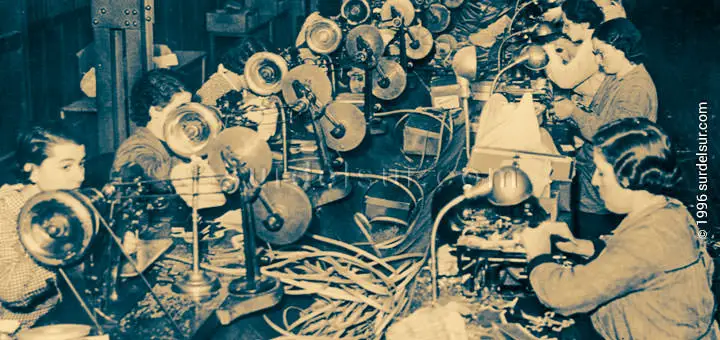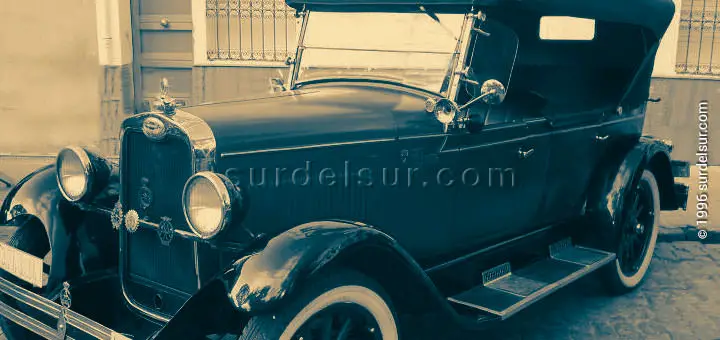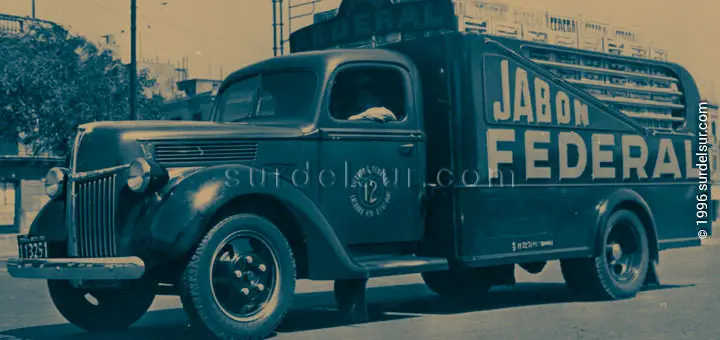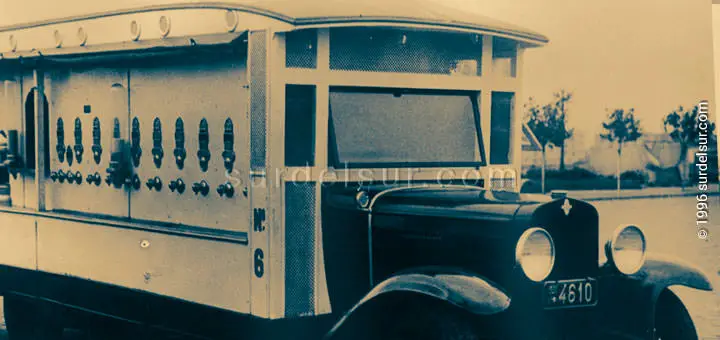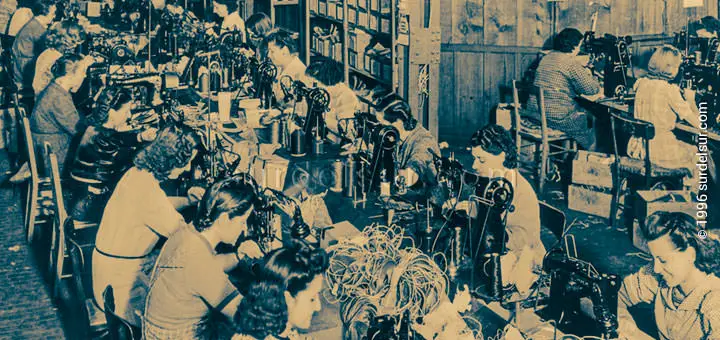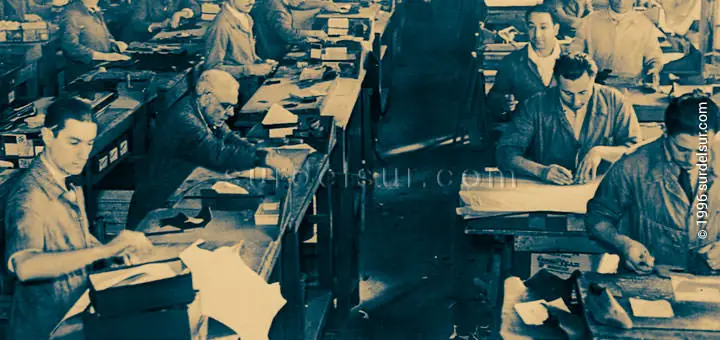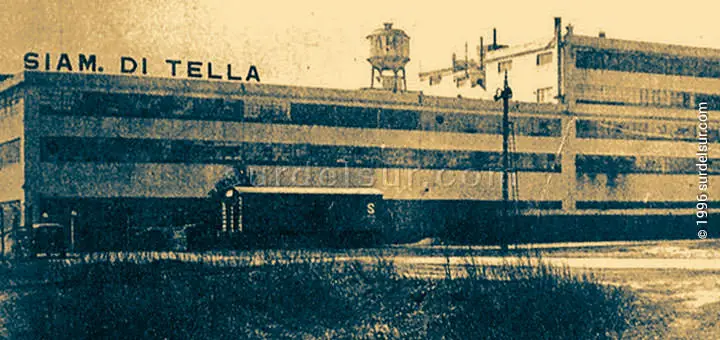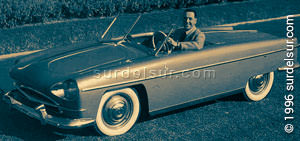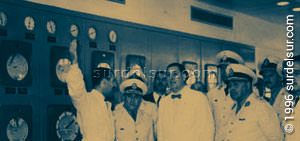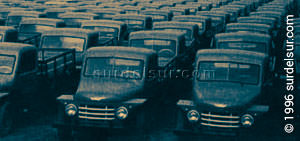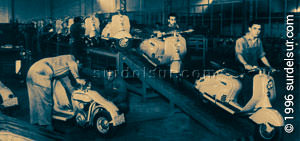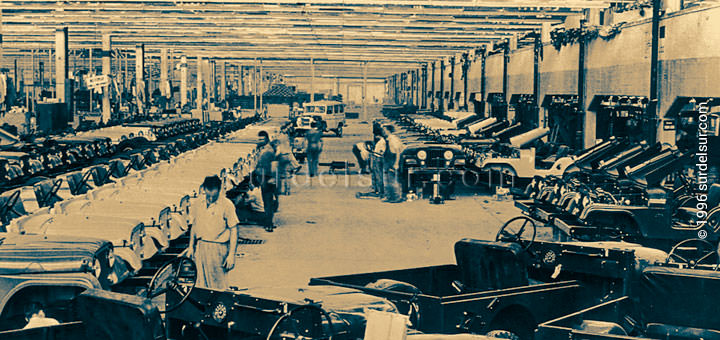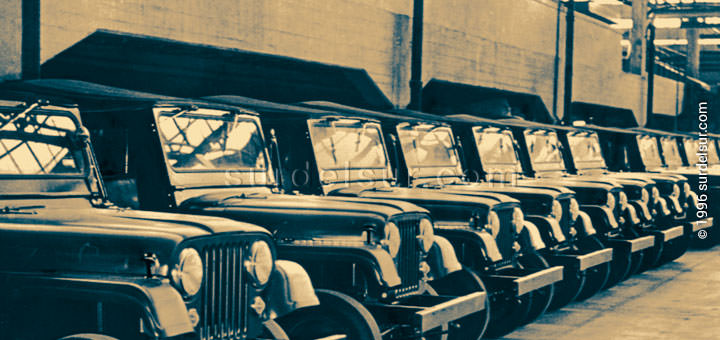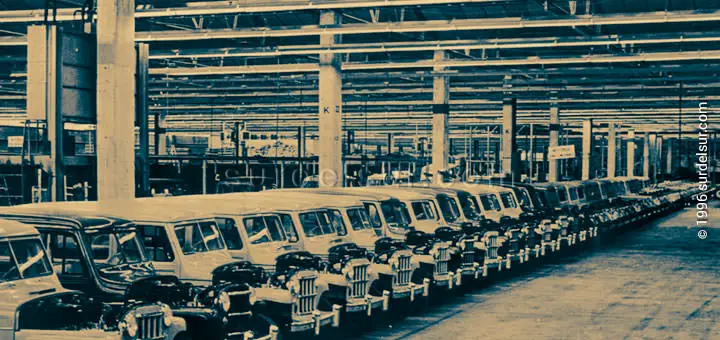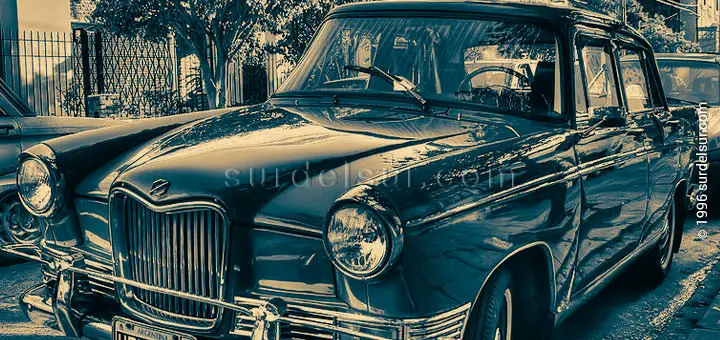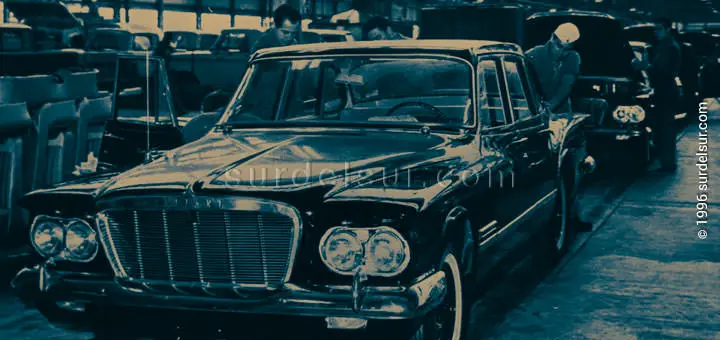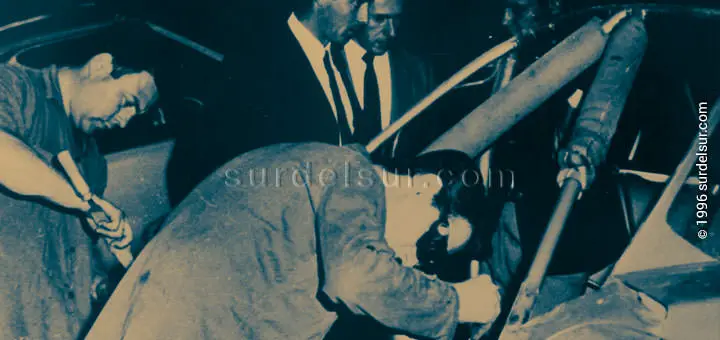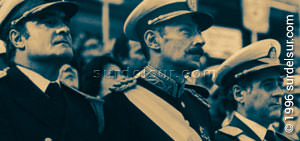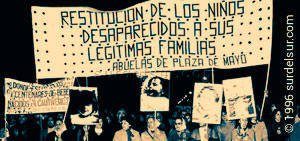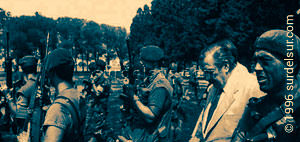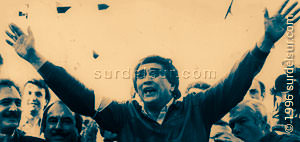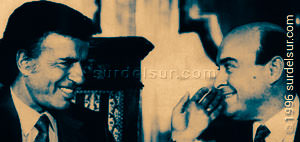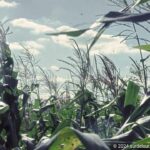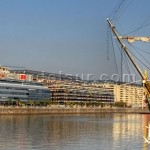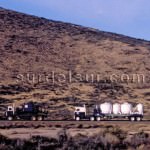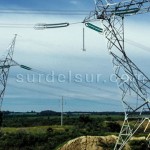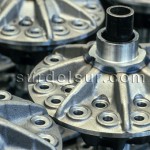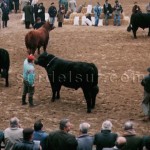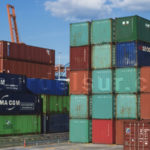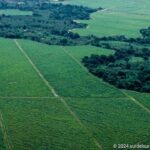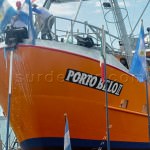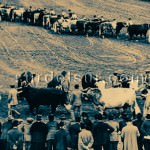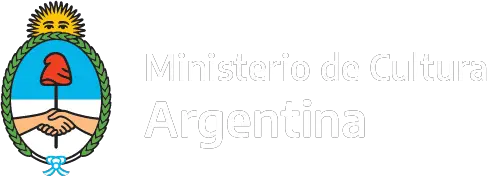Argentina economic activities followed a pattern of agricultural and livestock exports which endured from the colonial times up to the early decades of the 20th century. Then it gave rise to the production of some manufactures, which stopped coming from Europe, until the establishment of industries that would mark the early path of the country.
Main Economic Activities in Argentina
Agriculture
One of the most important branches in Argentine economy is agriculture. It does not only meet domestic demand but its exports also account for a fourth of the total income from goods sold abroad. link
To pursue the subject we suggest the following report Agriculture in Argentina
Livestock
Argentine beef, valued worldwide due to its quality and taste, accounts for a 10 per cent of the exports, aside from its numerous by-products. Furthermore, it fully meets domestic demand. More information on the topic in the article on Livestock in Argentina
Fishing
For Argentine economy, fishing is an important source of income with a great future ahead. A thousand species of fish, shellfish and mammals are estimated to live in the Argentine Sea. For more information you can read the full report Fishing Activity in Argentina
Industry
It was not until 1940 that the national industry, which had inceptively started in the times of the Hispanic colonies, became stronger. After suffering serious crises, today it faces the need of renewal and technological change in order to be competitive.
Sugerimos ver el informe sobre Industrial Activity in Argentina para un panorama general.
Mining and Power
Argentina has a large mining stockpile and important power resources. However, operation at a large scale is still an unachieved goal. Mining and Power in Argentina It is a report that describes the activity
Transportation and Communications
Transportation and communications have started to gain a great significance in Argentine economy. In 1990, it accounted for a 5 per cent of the Domestic Gross Product. Technological development is the key for the increase of this percentage. Transportation and Communications in Argentina, is a report on the national scene of the various means of transport and communications.
Trade balance and the overcoming of imports by exports is a national goal in a country, which seeks its place in the international market. To keep the product quality and to lower costs are the challenge which the country has to face.
The rise and Transformation of the Agricultural Exports Model
From late 19th century up to the beginnings of the present century, Argentine economy was based on farming exports. The center of business activities was located in Buenos Aires and the Littoral. The significance of the turnover was such that, towards 1910, our country did hold the eleventh position in the world ranking.
Diversification
The fall of export supply from Europe during the First World War brought about a serious setback in the Argentine economy. Only in 1917 there was a slow recovery with manufacturing, mining and construction investment.
The Welfare State
By the 1930s, some urban sectors claimed that the State should foster industrial development, and this type of industrialization began to spread during the Second World War. The replacement of exports was the key for larger foreign currency savings.
A fresh start
The above model was starting to wear out by the 1950s. There were inflation, recession and sluggishness, and the foreign debt increased. The agricultural and livestock exporters, in turn, could no longer find a market to sell their goods. The industrialists started to witness the decrease of domestic demand and their costs rose due to the increased prices of the imported factors of production.
30 years of Argentina’s Economy growing
In the 30 years between 1945-1975 the country grew economically and income distribution remained constant with the various governments. In this period of industrialization, 1945 and 1963, there were various crises in the balance of payments and inflationary outbreaks.
However between 1964 and 1974 it was a period of continuous rise, with an average growth rate of 5% annually.
The Argentina of the Financial Income (1976-1983)
The 1976 military government wanted to do away with inflation through the opening up of the economy and free trade. The outcome was the decrease of the operating capacity and a steep growth of the foreign debt.
The model proposes financial speculation as the main economic activity.
Return of Democracy by 1983
With the return of democracy by 1983, the welfare of the Argentinians had diminished dramatically.
The government of Raúl Alfonsín, began a period of democratic exercise with the trials of the military juntas. Their willingness to change the economic model, could not escape the effects of three military uprisings; pressure from the union apparatus: the CGT held 13 general strikes; and economic interests acting against the government.
The government of Raúl Alfonsín took place in a highly confrontational stage.
However, in 1985 the meeting Sarney and Alfonsín signing of the Regional Integration between Argentina and Brazil took place. This agreement was the founding act of a process culminating 10 years later, with the signing of the Treaty of Asuncion on 1 January 1995, giving rise to the Southern Common Market (Mercosur) between Argentina, Brazil, Uruguay and Paraguay.
El Neoliberalismo de los ‘90
In 1989, Carlos Menem was elected president. Peronismo came under the control of the right wing of the party.
President Menem pardoned those responsible for, the military coup of 1976.
The liberal model is applied, according to the Washington Consensus, which stated: control public spending, state reform, financial deregulation, unrestricted opening of the economy, fiscal discipline, labor flexibility and wage adjustment, encouragement of foreign investment, privatization of state enterprises. The manual indicated that the government should just put a frame of reference, the activity of the free market, which itself found its balance point.
The currency in which, one peso is equal to one US dollar, it is established by law. In a context of recession and inflation, domestic enterprises are privatized, without this resulting in an increase of its production capacity. GDP falls from 27% in 1990 to 15% in 2002.
More Neoliberalism (1999-2001)
During the government of the Alliance, with the radical Fernando De la Rua as president, the IMF model is followed. As for the mandate of Menem, the interest on the debt is paid with adjustment, lowering wages and pensions, increasing taxes on middle class and making a scandalous debt swap of government securities, which further increased debt.
The social explosion of 19 and 20 December 2001, led to the resignation of Fernando de la Rua, and led to the subsequent devaluation and cessation payment of the foreign debt.
El país tuvo cinco presidentes en 10 días, El 2 de enero 2002, la Asamblea Legislativa eligió presidente a Eduardo Duhalde.
Astonishing rise and fall of the Argentina economy (2003-2013)
Nestor Kirchner was elected president in 2003.
Between 2003 and 2007, it began a spring period where GDP grows at 9% and unemployment is reduced. The prices of commodities are favorable to Argentina. It increases the level of exports and the application of retentions to the sector allows accumulate reserves.
In 2008 assumes Cristina Fernandez de Kirchner, which is then re-elected in 2011. From the second term when the “cepo” to the dollar is established, the Argentina economy once again falls back into an inflationary process of double-digit annual and lost reserves.
The government calls it the “won decade” and their opponents the “lost decade”.
This is an abridged version of the report on economic activities.
The full version is available only in Spanish version: Argentina: Actividades Económicas
References:
All graphic material in this report is edited digitally. The customized version by surdelsur.com shown on this page is performed based on the following documents:
- Taylor, T. (1876) Wool and leather Barraca [Drawing] Published in the Book by Désiré Charnay, Claude-Joseph ( Explorer, Archeologist, Photographer). (1828-1915) A travers la Pampa et la Cordillère. París (1876). Referenced in History of Argentina by Diego Abad de Santillán (1965)
- Thresher (1872) [Drawing] Published in NewsPaper El Americano. París(1872-74). Referenced in History of Argentina by Diego Abad de Santillán (1965)
- Archivo de la Nación: [Ancient Photographs] Collection of photographic material on Argentina Economic Activities (1995), Buenos Aires, Argentina
Bibliografía
- Ministerio de Economía y Finanzas Públicas, Subsecretaría de Planificación Económica, Sectorial Files, of Ministry of Economy and Public Finance, Undersecretary of Economic Planning, Buenos Aires, Argentina
- Mario Rapoport Economic, political and social history of Argentina, 1880-2003, Editorial Emecé, Buenos Aires, 2012.
- Instituto Nacional de Estadística y Censos – INDEC, Indices by Economic Sector National Institute of Statistics and Censuses, Buenos Aires, Argentina

